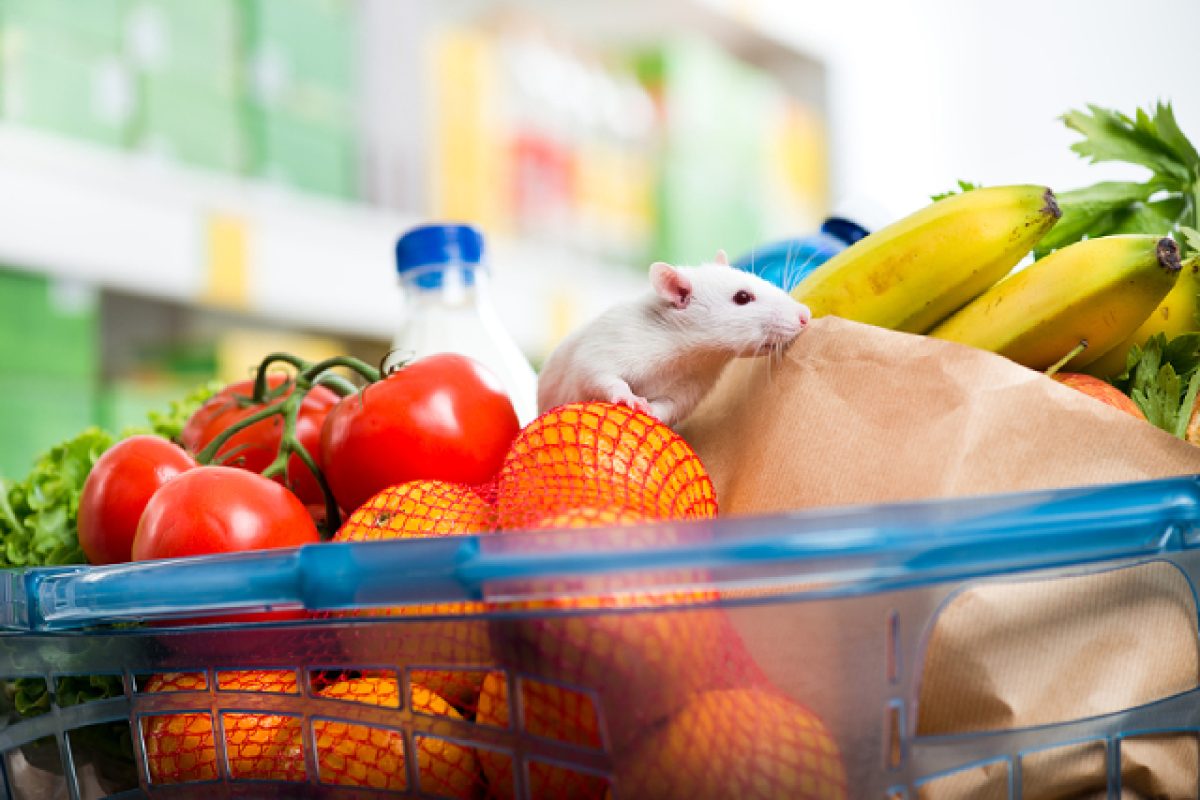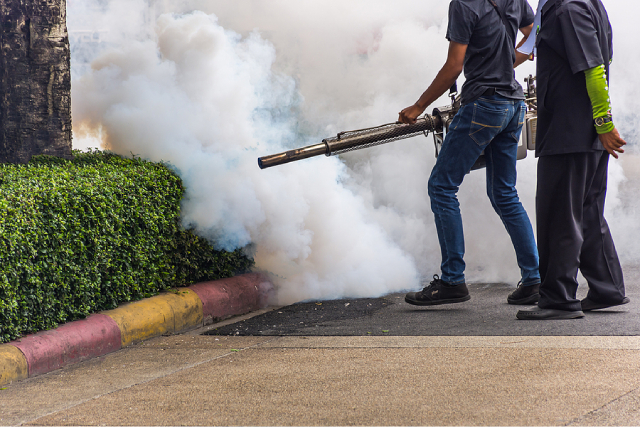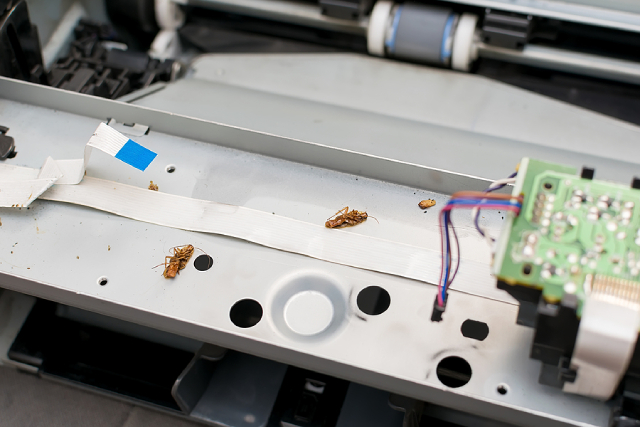Pest control is a critical part of maintaining a safe, hygienic, and professional environment across retail businesses. Yet, it is rarely a one-size-fits-all practice. The pests a grocery chain struggles with are unlikely to be the same as those faced by a luxury clothing boutique or an electronics store. Each retail sector carries unique vulnerabilities, requiring tailored pest management approaches to protect customers, staff, inventory, and brand reputation.
In Singapore’s highly competitive retail scene, the consequences of overlooking pest management can be especially damaging. The city-state’s warm and humid climate creates an environment where pests thrive all year round, raising the stakes for retailers who must maintain spotless standards to keep customers coming back. This makes pest control in Singapore more than a compliance requirement, but rather a business-critical investment.
Understanding why different industries face different pest risks is the first step towards building effective, customised pest control strategies. By examining the nature of inventory, layout, customer interaction, and regulatory requirements, retailers can better appreciate why generic solutions fall short and why sector-specific approaches are necessary.
Determining pest risk: Why different retail types face different pest problems
Retailers encounter varying pest threats depending on the type of products they sell and the physical environment in which they operate. A supermarket, with its wide range of perishables, is an entirely different proposition from an electronics showroom.
- Grocery and food retailers
Supermarkets, convenience stores, and bakeries face the highest pest pressures. Rodents, cockroaches, flies, and stored-product insects are common threats due to the ready availability of food sources. Refrigerated sections and storerooms filled with dry goods create hotspots where pests can breed unnoticed. Beyond health hazards, infestations can cause product spoilage, leading to costly wastage and reputational damage. To counter these risks, food retailers must focus heavily on prevention: frequent inspections, airtight storage, strict cleaning routines, and employee training in food safety practices.
- Clothing and apparel stores
Fashion retailers, while spared from food-related pests, must contend with fabric pests like moths, carpet beetles, and silverfish. These insects are drawn to natural fibres and can ruin valuable inventory within weeks if unchecked. With plenty of unexpected places to hide in retail outlets, rooting them out can prove challenging. Unlike food retailers, where the focus is on hygiene and public health, the emphasis here lies in preserving stock integrity. Preventative measures include airtight storage, controlled humidity, and vigilant monitoring to detect early signs of fabric pests before they multiply.
- Electronics and home appliance stores
Electronics stores may seem less likely to attract pests, but they are not immune. Ants and cockroaches often infiltrate showrooms looking for food crumbs, while rodents can chew through packaging or even wiring in storage facilities. Cleanliness and clutter control are the frontline defences for these retailers. Routine checks of display units and storerooms are equally important, especially for outlets located in malls or areas with a history of pest activity.
- Furniture and homeware retailers
Furniture and homeware outlets face a different challenge altogether: termites. Wooden furniture, flooring, and decorative items make them particularly vulnerable. Early signs of termite activity can go unnoticed until significant structural or product damage occurs. This is why many furniture retailers in Singapore work closely with professionals offering termite treatment as part of their integrated pest control strategy. Prevention, in this sector, is often more cost-effective than attempting to salvage damaged stock later.
The diversity of risks across retail categories underlines the need for customised pest control strategies. What works for one industry may be entirely irrelevant or even inadequate for another.
Regulatory requirements: Staying compliant across retail sectors
Singapore has one of the region’s most stringent regulatory frameworks when it comes to food safety and hygiene, and pest control naturally falls under this umbrella. However, requirements vary depending on the type of retail business.
- Food retail: Supermarkets, restaurants, and other food-related outlets fall under the purview of the Singapore Food Agency (SFA). They must adhere to strict pest management standards, including regular inspections, documented pest control schedules, and the use of approved chemicals. Non-compliance can lead to fines, temporary closure, or, in extreme cases, licence revocation.
- Non-food retail: While clothing, electronics, and lifestyle stores may not face the same rigorous inspections, they are still expected to maintain a safe and hygienic shopping environment. For these businesses, pest control is more about protecting merchandise, maintaining store cleanliness, and ensuring customer comfort than about meeting food safety standards.
- Use of approved products: Regulatory requirements also influence which pest control products can be used. Pesticides suitable for food-handling environments may not be permitted in retail outlets dealing with textiles or electronics. This necessitates sector-specific solutions tailored to each retailer’s operational needs and compliance obligations.
Keeping pace with regulatory updates is essential. Retailers that fail to comply risk more than just financial penalties; they also jeopardise customer trust and their long-term reputation. Partnering with licensed pest management providers helps businesses stay ahead of compliance requirements while focusing on their core operations.
Consumer perception: Why pest control is a customer expectation
Even when regulations do not demand rigorous pest control, customers do. Consumer expectations around hygiene and safety have risen sharply, particularly in the post-pandemic retail landscape. A single pest sighting can undo years of brand-building and drive potential customers straight to a competitor.
- Food retailers
Here, consumer expectations are especially unforgiving. Shoppers assume that supermarkets and bakeries implement the highest levels of pest control, and they are quick to lose confidence if they see otherwise. Some retailers address this by displaying certifications or pest control audit results as a reassurance of their commitment to safety.
- Non-food retailers
Although customers might not immediately associate pest control with clothing or electronics stores, the link between cleanliness and product quality is undeniable. A pest-free store environment signals professionalism and care. Conversely, evidence of pest activity, whether damaged fabric, chewed packaging, or droppings, can discourage purchases and tarnish brand image.
Retailers who proactively communicate their pest management efforts often benefit from enhanced consumer trust and loyalty. In a market like Singapore, where competition is intense, such transparency can be a valuable differentiator.
Why a tailored approach is key to effective retail pest control
For pest control in retail to be effective, it must be both proactive and tailored. This means looking beyond standard solutions and designing strategies around the realities of each business. Key considerations include:
1. Comprehensive risk assessments
Every retail business should start with a detailed pest risk analysis. This includes identifying potential pest entry points, assessing storage vulnerabilities, and evaluating customer traffic patterns.
2. Integrated pest management (IPM)
IPM combines preventive measures, monitoring, and targeted treatments to reduce reliance on chemicals. It is particularly effective in retail settings where safety, compliance, and minimal disruption are priorities.
3. Employee training
Staff play a frontline role in detecting early pest activity. Training employees to recognise signs of infestation, maintain cleanliness, and escalate concerns promptly is crucial.
4. Partnership with professionals
Engaging certified pest control providers ensures strategies are compliant, effective, and updated to meet evolving threats. Many retailers in Singapore opt for service contracts with quarterly inspections and rapid-response treatments for emergencies.
5. Communication and transparency
Sharing pest control initiatives with customers, especially in food retail, demonstrates accountability. It can help turn compliance into a selling point, reassuring customers of a brand’s commitment to safety.
Conclusion
Pest control in retail serves to safeguard customer safety, protect valuable inventory, ensure regulatory compliance, and maintain brand reputation. Because no two retail sectors face the same risks, tailored pest control strategies are essential. In Singapore’s dynamic retail environment, businesses that treat pest management as a strategic priority rather than an afterthought position themselves for long-term resilience. By addressing sector-specific risks, meeting regulatory standards, and aligning with consumer expectations, retailers can create safer, more inviting shopping experiences that build trust and loyalty well into the future.
Every retail space faces unique pest challenges. At PestClinic, we design targeted pest management solutions that match your industry’s needs, protecting both your customers and your reputation. With our specialised experience across various retail environments, you can count on us to deliver safe, effective, and discreet results. Contact PestClinic today to safeguard your business from the ground up.













